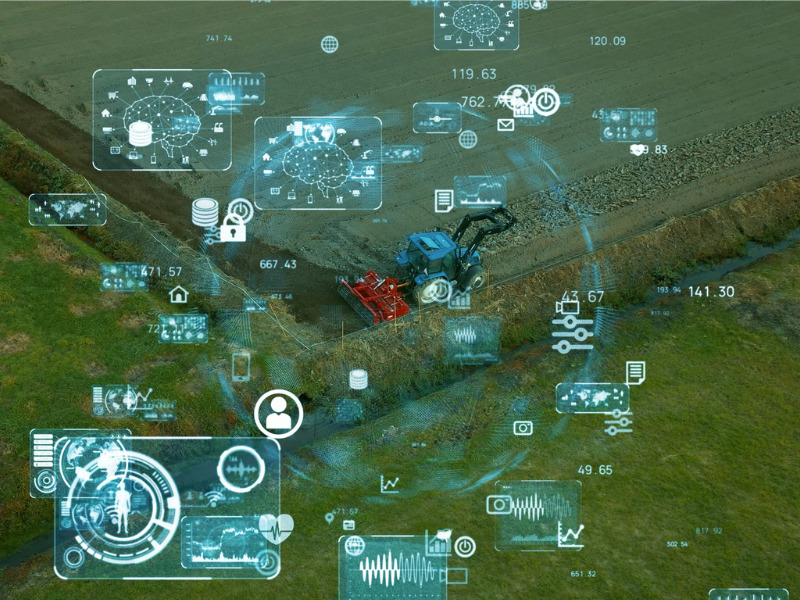What will help reduce farm fire severity?

The severity of fire losses in the agricultural sector is increasing as Canadian farms get bigger in size and value, but technologies are available to help reduce the frequency of that severity, a farm insurance expert told Canadian Underwriter.
In Canada, the number of farms is generally dropping, but they’re getting larger in size and value. And in the agricultural sector, total losses are not uncommon, meaning everything is consumed in a fire with very few partial losses, said Ken Worsley, chief operating officer at Nova Mutual Insurance Company.
During a fire loss, it can be difficult to determine causation. “It ends up being usually ‘electrical undetermined,’ unless [insurers] find specifics,” Worsley said. “What we see in the farm industry is these fires are usually electrical nature in origin.”
The good news is that technologies exist to help mitigate these losses. Two such technologies — although costly — include electrical monitoring devices and forward-looking infrared (FLIR) systems.
Electrical monitoring devices are like security alarms for your electrical system, Worsley explained.
“What it does is it monitors the health of the electrical system in the barn at the milliamp level,” he said. “So, it’ll catch things that could become problems well before they become a problem.”
For example, the system may identify an issue with a motor on an electrical circuit, then notify the farmer with a text message and follow-up phone calls. “It doesn’t necessarily have to just be insurance-related; it can be maintenance-related… It’s something that you can now schedule for regular maintenance before it breaks down and shuts down whatever you’re doing.”
iStock.com/jacquesdurocher
In the case of FLIR, these systems can see heat differences on a farm, for example, and spray water on a fire.
“As these [technologies] are more and more adopted by insurance carriers and pushed more for their farmer customers, it’s going to help reduce that [severity] trend,” Worsley suggested.
There are few carriers covering agricultural insurance, meaning a smaller group takes hits when losses arise. And while an individual carrier will not pay directly for another insurer’s fire loss, it will indirectly affect reinsurance costs. “You’ve now hit the reinsurance layer, and your reinsurer is probably one of the same reinsurers I have,” Worsley said, noting that these reinsurers may then ask what is being done to help mitigate these losses.
In certain cases, carriers may even decide to mandate the use of electrical monitoring systems to obtain insurance coverage, and credits on premiums for those who do. “I actually see some of these technologies as table stakes just to get capacity to write these risks,” Worsley said. “It’s not there yet, but I think it’s probably going to get there.”
To promote awareness around how to reduce the frequency and severity of losses on agricultural risks, Worsley will be holding a farm fire symposium in late September or early October at the Ontario Mutual Insurance Association/Farm Mutual Re offices in Cambridge, Ont.
The symposium, which will include remote attendance, will bring together industry experts from insurance, production, building and loss prevention segments to create a document addressing awareness around agricultural risks. Those interested in attending can contact Ken Worsley at kworsley@novamutual.com.
“There is a finite number of carriers that work in this space and capacity is constrained and expensive,” Worsley said. “If these large losses continue that capacity will become even more expensive and, in the worst case, dry up.
“We need to be proactive in this endeavour that shows the industry and our reinsurance partners that we are tackling this issue head-on and producing a robust response that will without a doubt reduce the frequency of these severe losses.”
Feature image by iStock.com/metamorworks







